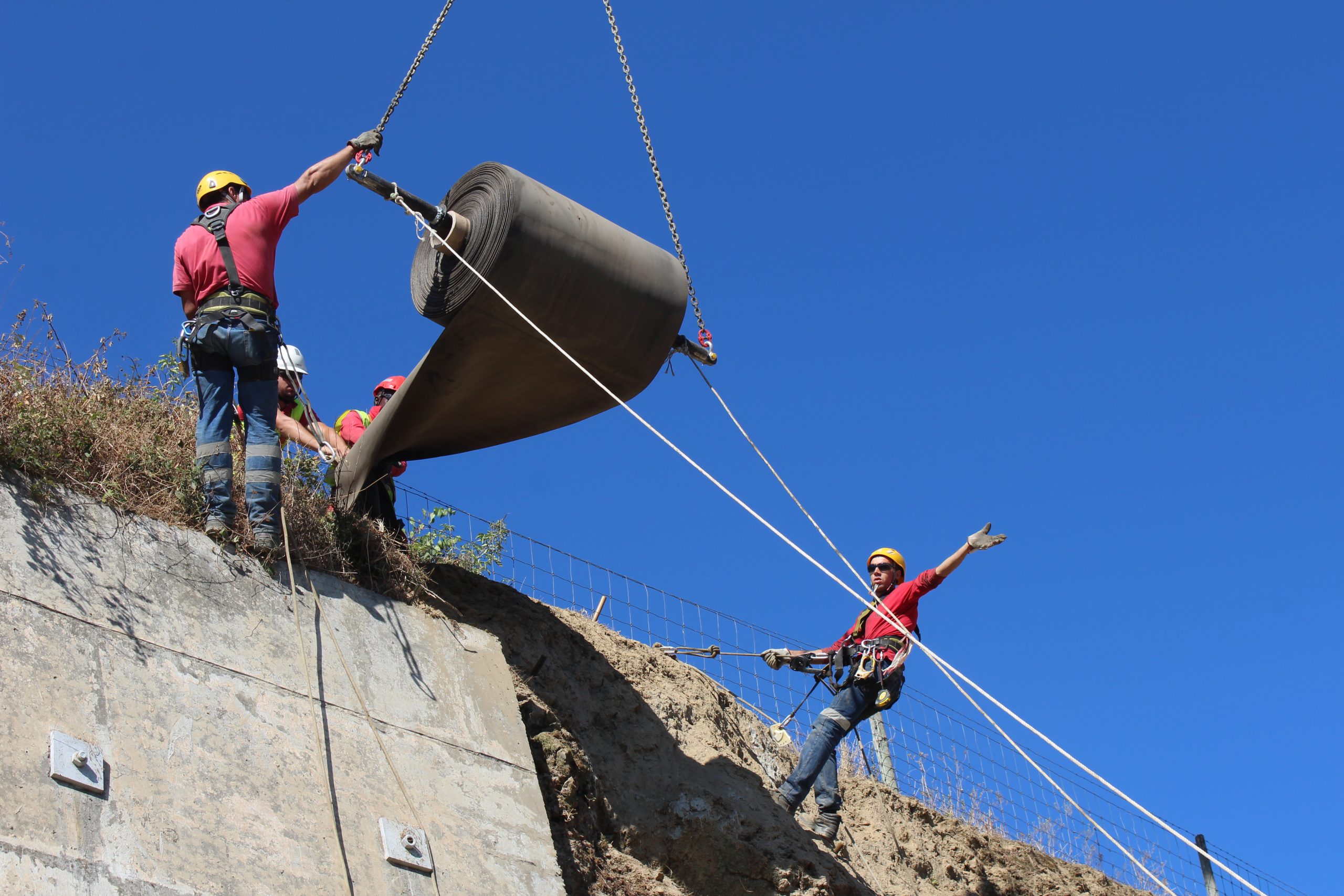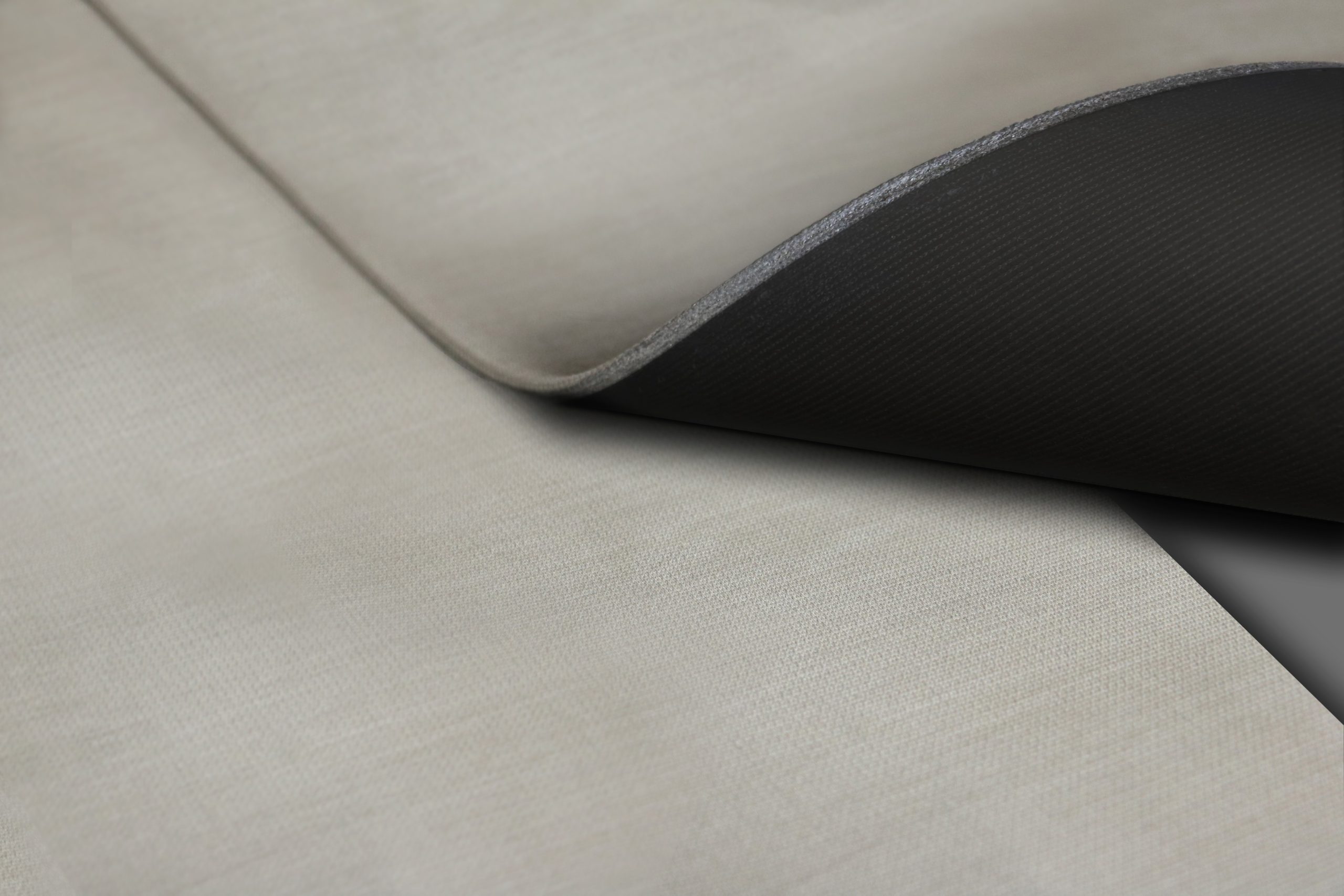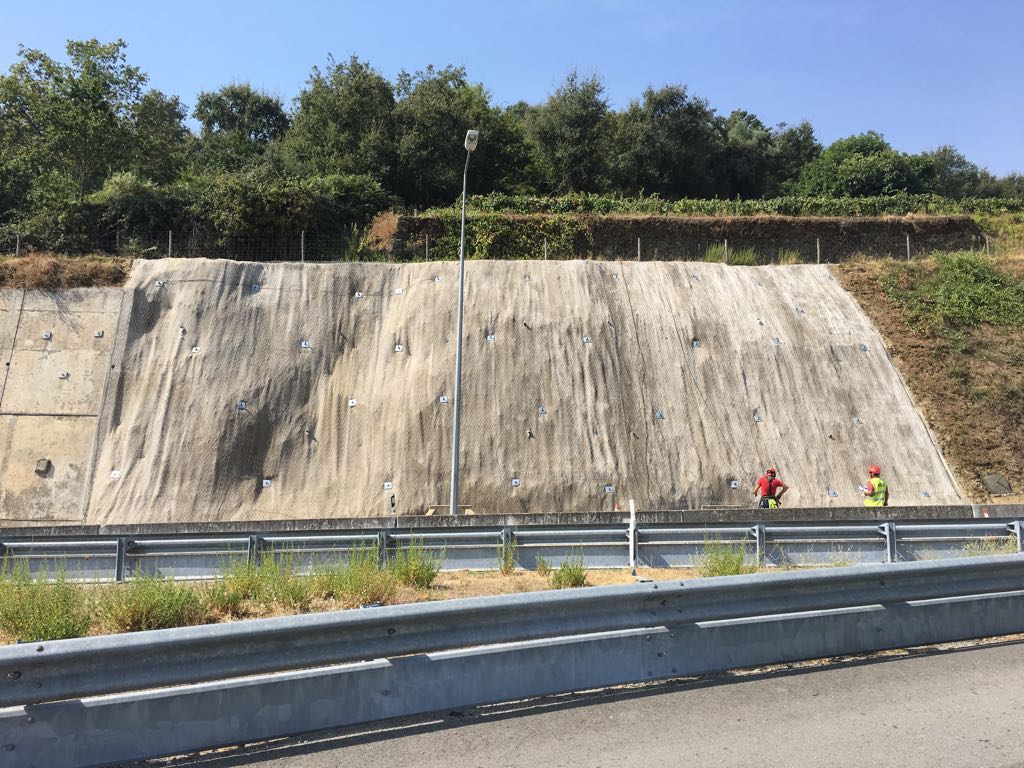
Wales-based Concrete Canvas Ltd is expanding the distribution of Concrete Canvas in Australia and New Zealand.
The firm has recently entered into an agreement with Geofabrics Australasia Pty Ltd and Geofabrics New Zealand (Geofabrics), which grants exclusive rights to Geofabrics to distribute Concrete Canvas in both countries.
The product was sold to over 50 countries around the world in 2016, with the firm registering exports growth of 27%.
In 2014, the firm was the 16th fastest growing company in the UK, according to the Sunday Times Fast Track 100. This year, Concrete Canvas Ltd is expected to grow around 30%-40%, according to Peter Brewin, co-founder and director of Concrete Canvas Ltd.
“We are growing partly by expanding geographically, we have distribution in nearly 40 countries worldwide and some of those are quite new distributors. We are supporting them to expand, and they are growing very rapidly,” said Brewin.
Concrete Canvas is a flexible concrete impregnated fabric that hardens on hydration to form a thin, durable waterproof and fire-resistant concrete layer.
Since its invention about 11 years ago by Peter Brewin and Will Crawford, the technology has won many awards, with the most recent one being the Eastern Area Innovation Award.
The technology
Concrete Canvas was created when Brewin and Crawford, while studying at the Royal College of London, decided to enter into a competition sponsored by the British Cement Association to find a new use for cement.
Brewin said: “Initially we were making inflatable rotationally moulded balloons, and this idea of using inflation to produce a purely tensile formwork seemed very neat and that gave us the idea of developing inflatable concrete buildings.
“In order to make the buildings work we had to develop a new material technology that would enable us to cast concrete in very thin layers with a very uniform thickness, that could be deployed and wetted without controlling the water we were adding. To make this work we had to develop a new composite, which became Concrete Canvas.”
He added: “We raised our seed funding by winning design and business plan competitions, we developed the technology and we turned that into a manufacturing company.”
The Concrete Canvas Shelters are still being sold by the firm, but the majority of its business is now around the Concrete Canvas material technology “that traps a specially formulated dry concrete mix”.
“That fibre matrix has the dry concrete mix at exactly the right density, so you end up with the correct water to cement ratio to give you the optimum strength. It has an impermeable pvc coating on the back to make it waterproof,” said Brewin.
“You roll it out like heavy carpet, fix it in place, spray it with water and it will set hard. It’s a very rapid way of putting down a thin to hard wearing concrete surface.”
“The first product we launched was called CC13, a 13mm thick material, we then developed the 8mm and 5mm thick product.”

A close-up of the 5mm thick product — CC5.
Concrete Canvas is mainly used in the civil infrastructures, mining and petrochemical sectors to line ditches and bunds, and protect slopes. The main advantages are the speed of installation, the cost saving and the “smaller logistical footprint”.
Brewin added: “If you use it for ditch lining in the UK, you would save around £6 to £8 per square metre on the installed cost and that’s next to a road. As soon as you start moving away from the road, if you take an extreme case like a mine in South America, then the savings are enormous.”
Even though the business seems to be in good health and growing very fast, there is still a lack of awareness when talking about Concrete Canvas.
“Our biggest challenge from the sales perspective is making sure that people know that we exist. [We need to get] the information out there and teach people how to use our material correctly and what the opportunities are.”
Concrete Canvas Ltd has recently launched a new product, the CC Hydro, which has a specially developed geomembrane on the rear surface, and the company does not intend to stop there. “We are also working on new technologies based on our core technology and new products, so we are expecting to be able to launch a wider [range of] material in the relatively near future.”

Concrete Canvas is used to protect slopes.



